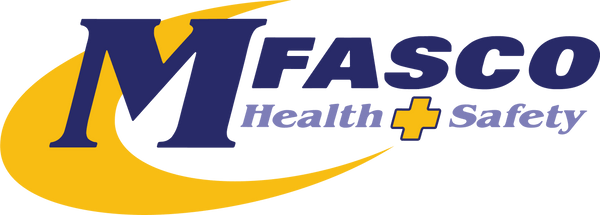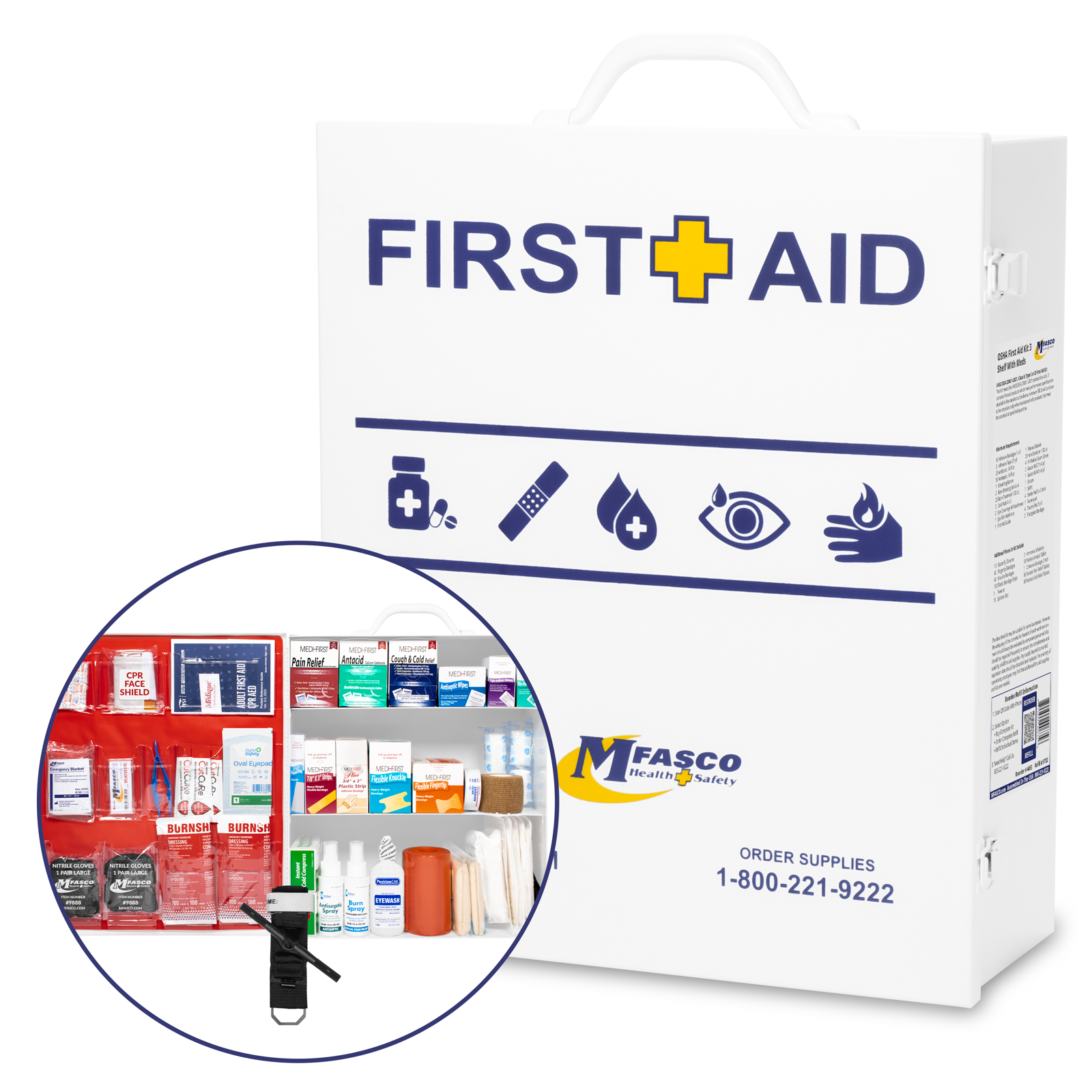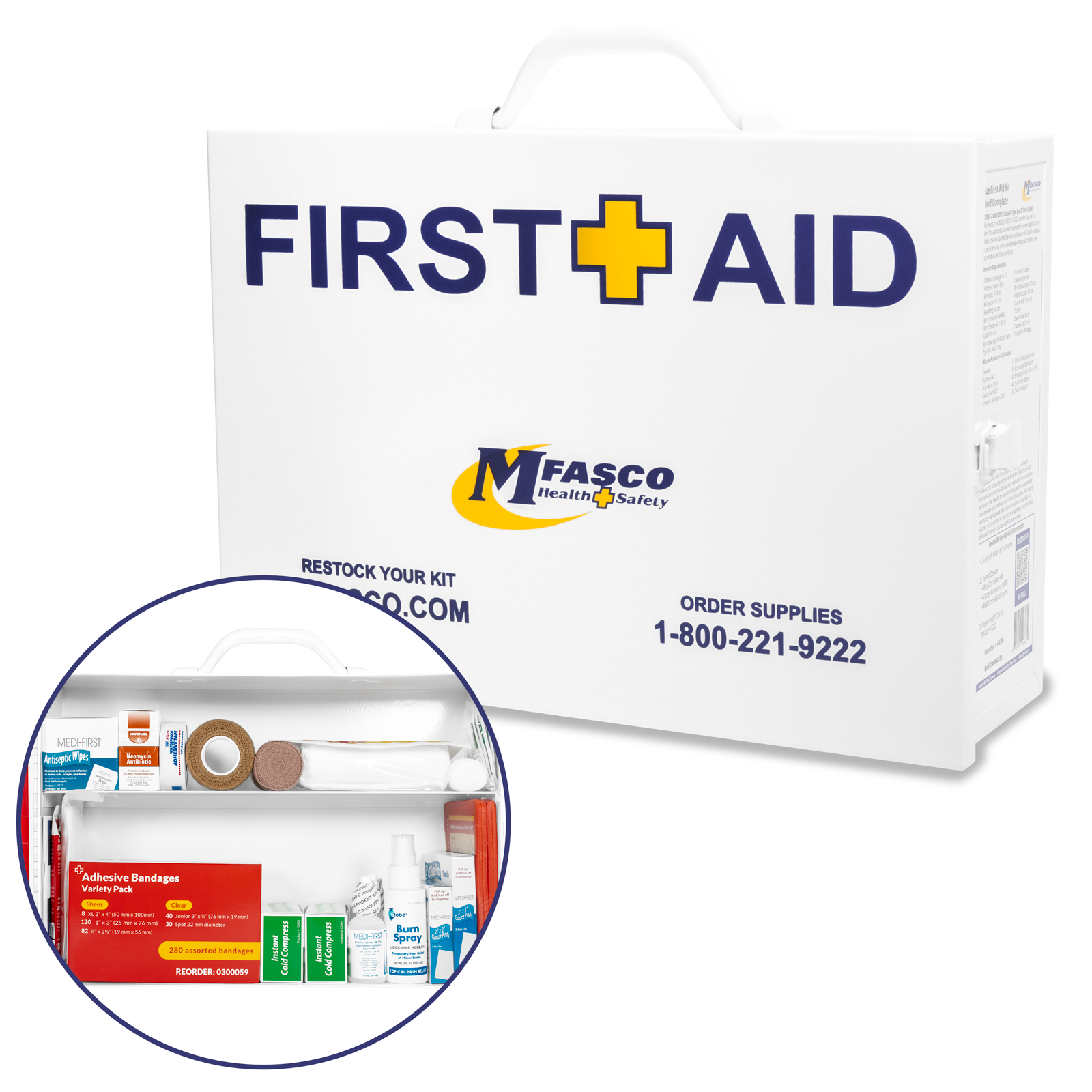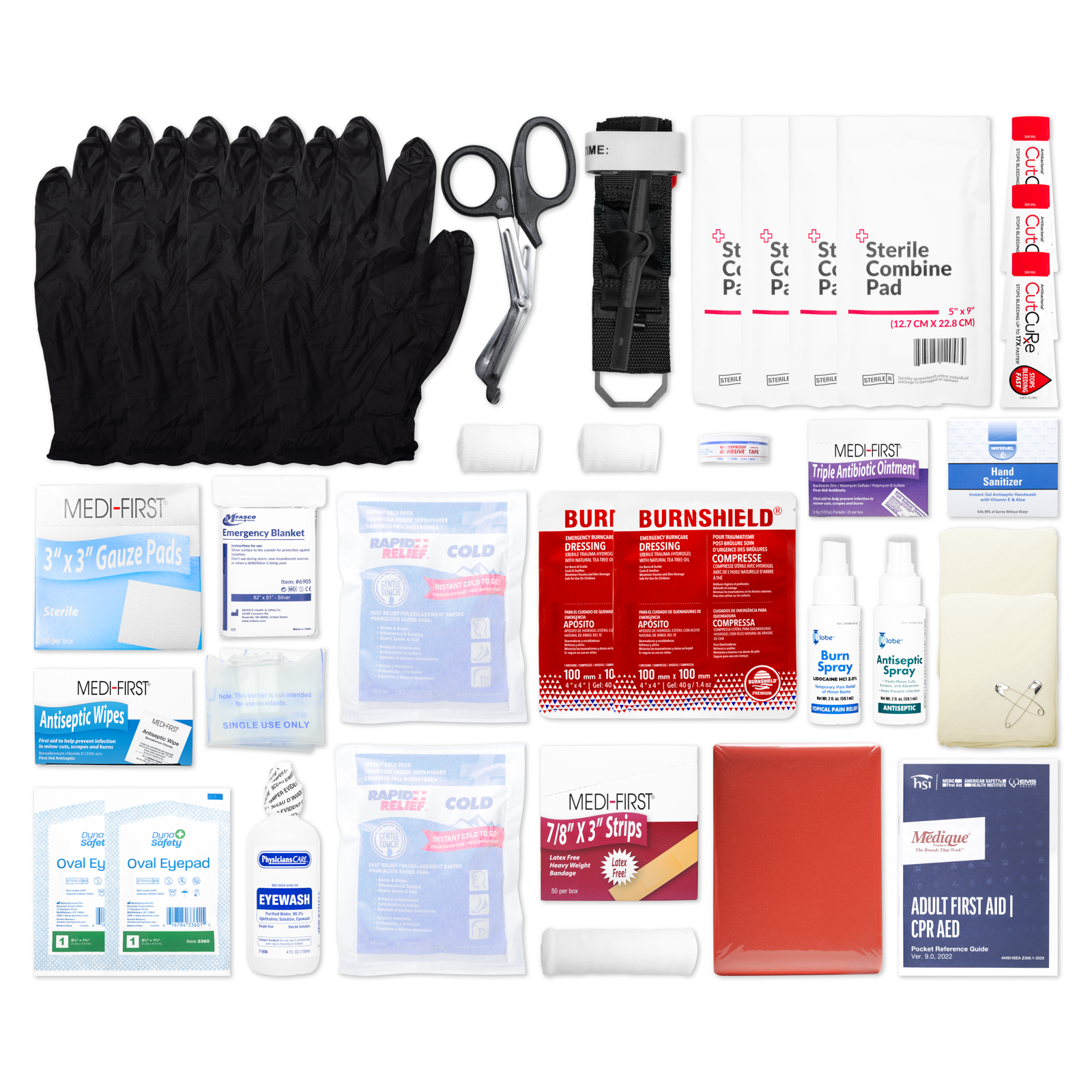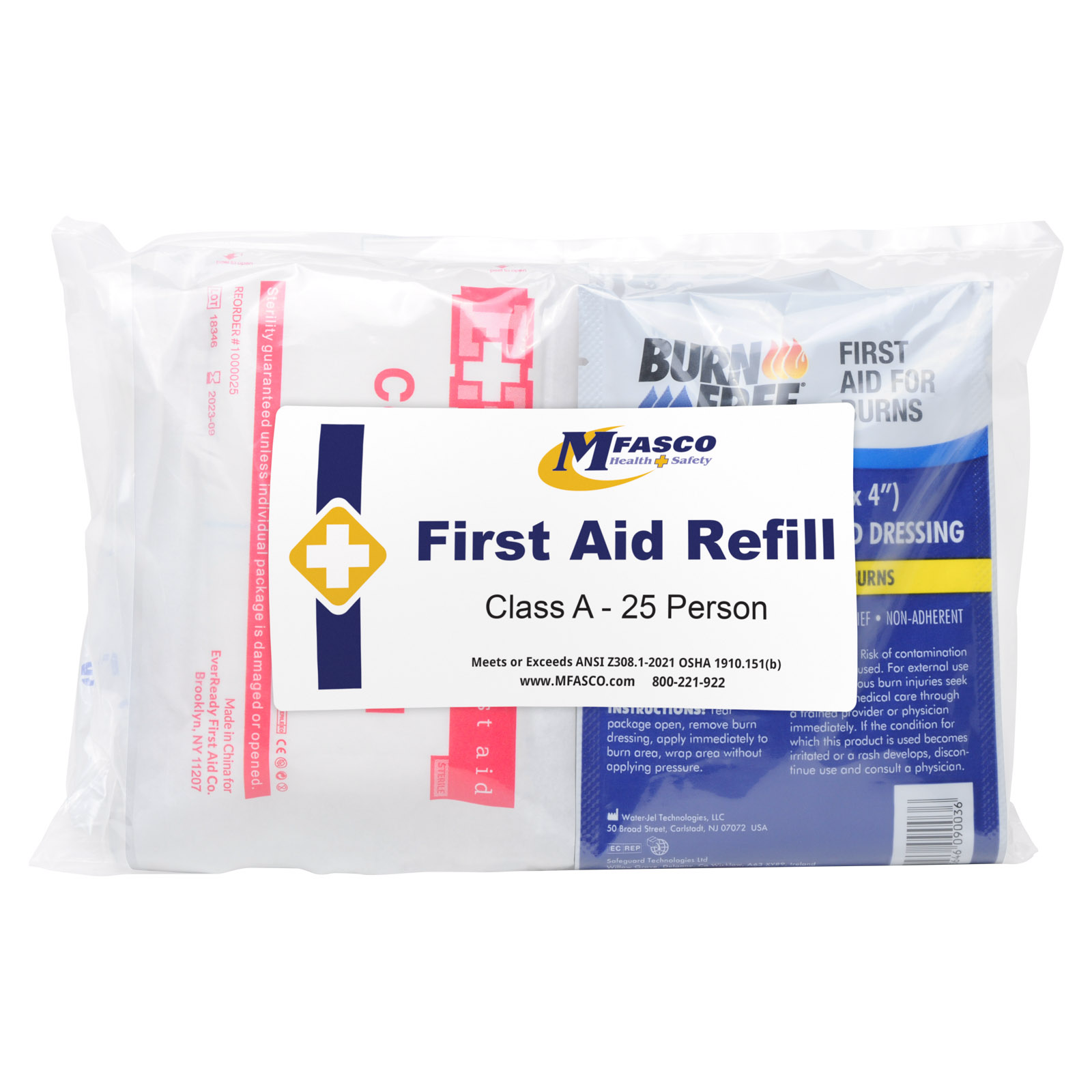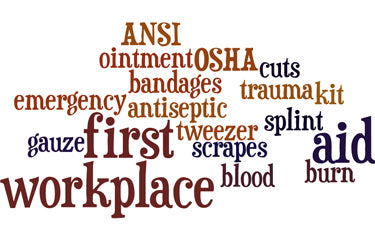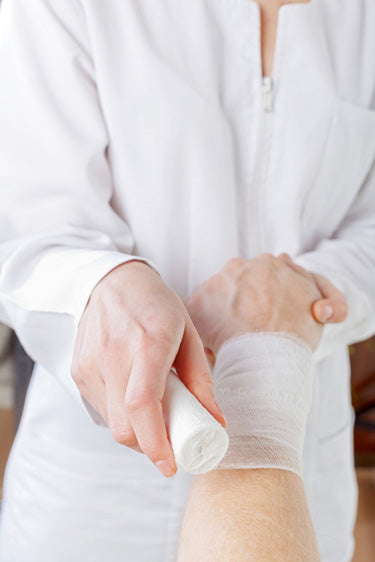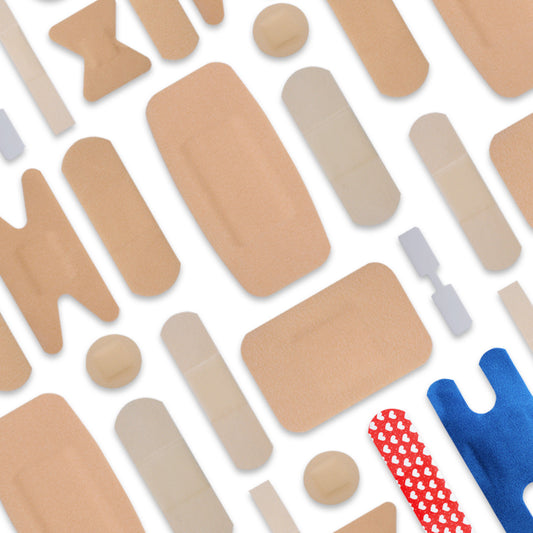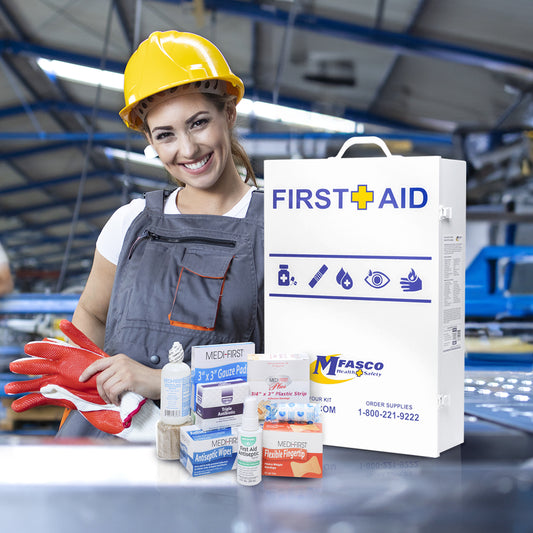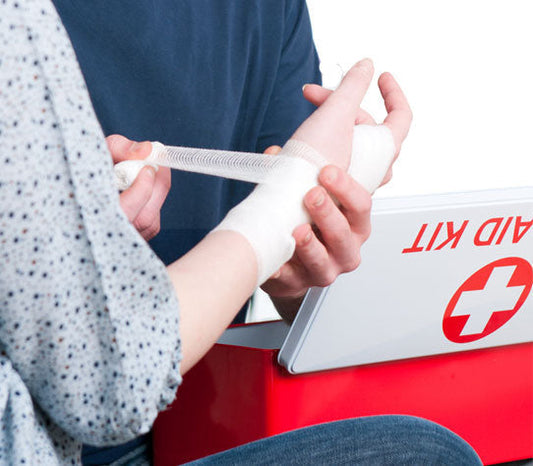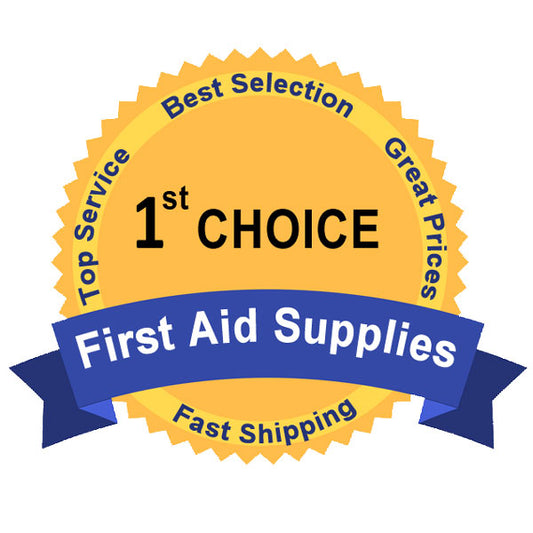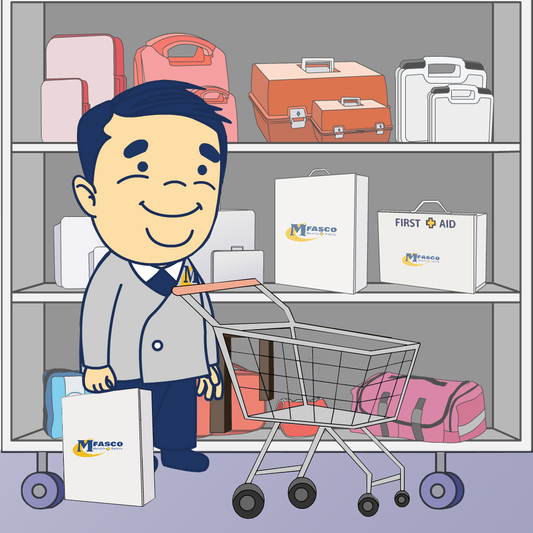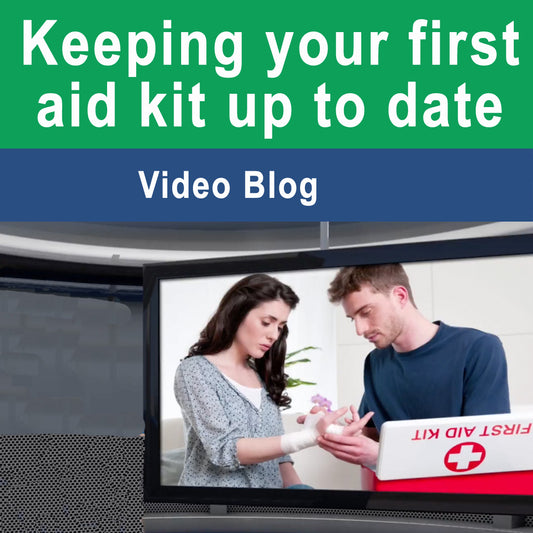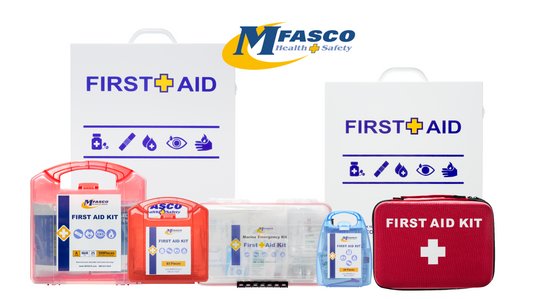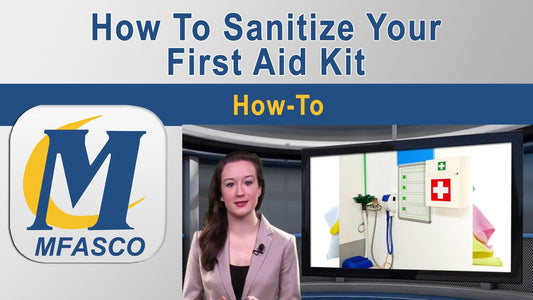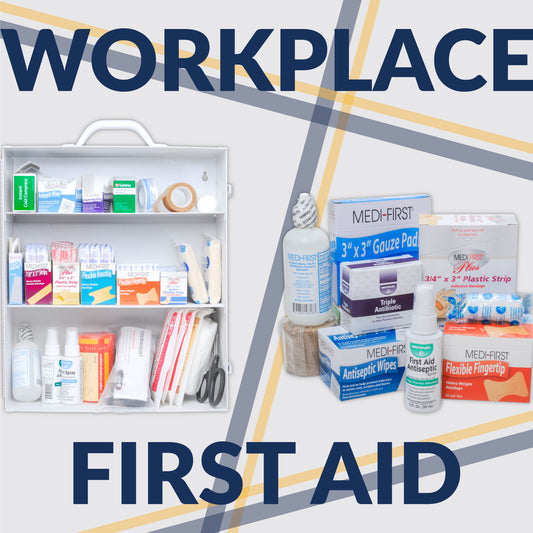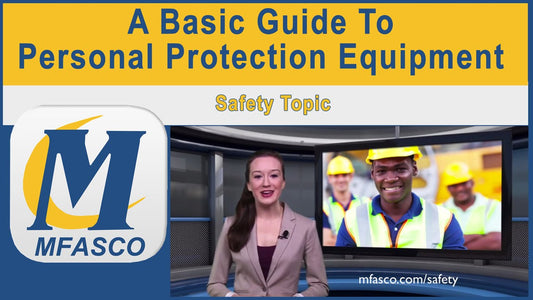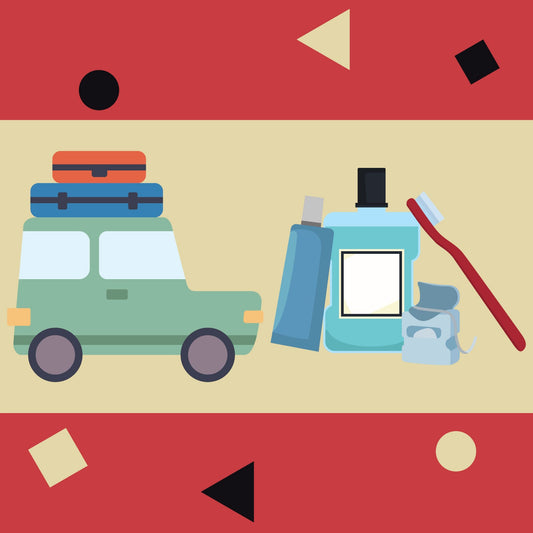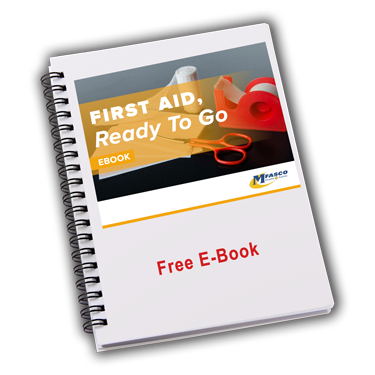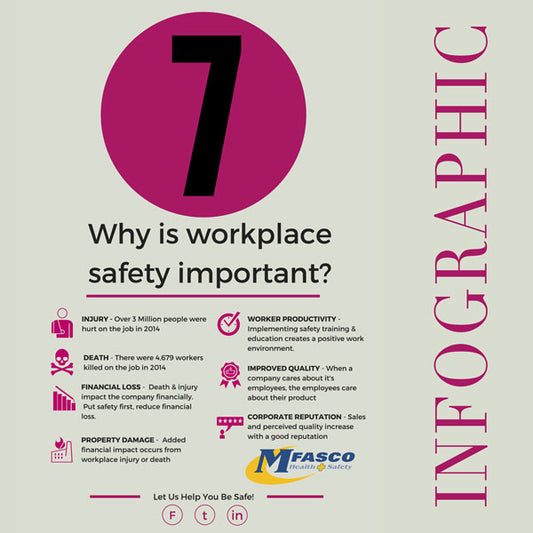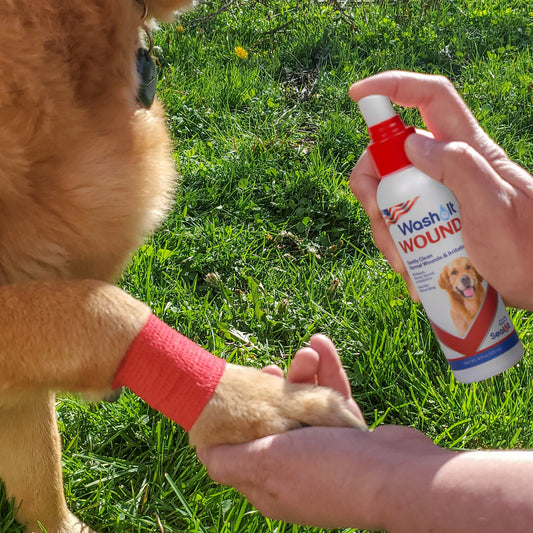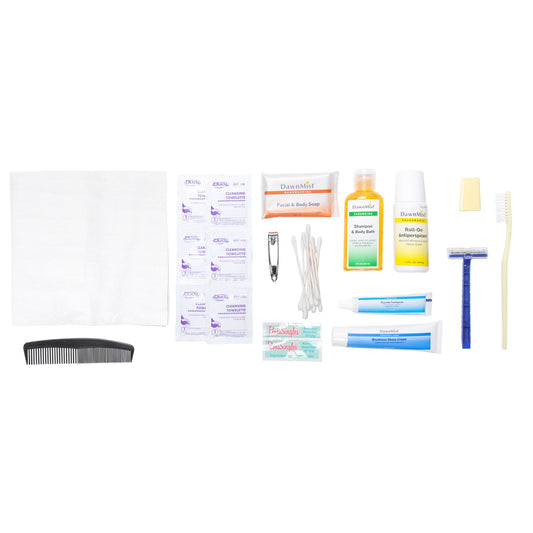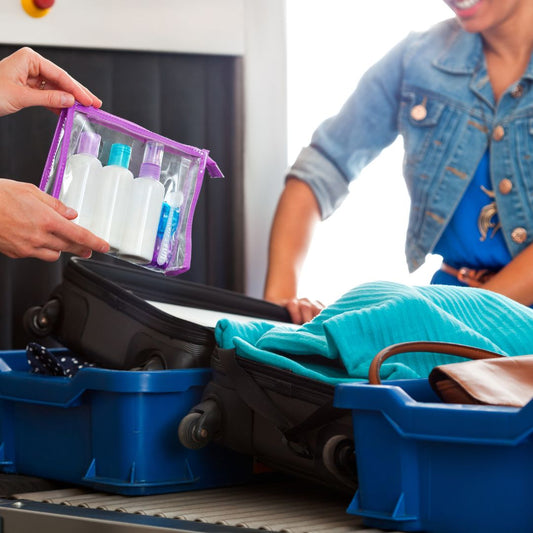3 Step Guide to ANSI First Aid Compliance
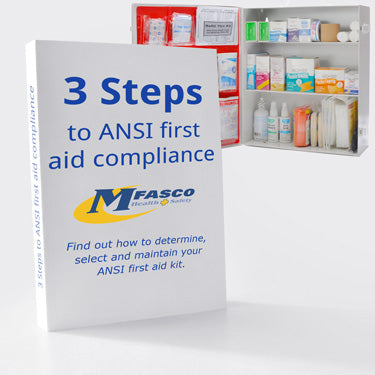
Please see this link for the current ANSI 308.1 Workplace First Aid requirements and FAQ.
The ANSI Z308.1-2015 first aid kit supplies requirements take effect June 15, 2016. Our short 3 step guide to ANSI first aid compliance will quickly inform and prepare you to make the right decisions. This brief guide will show you how to:
- Determine what type of ANSI first aid kit you need
- Select the appropriate kit for your facility
- How to maintain and refill your ANSI kit.
1. Determine what type of ANSI first aid kit you need
ANSI, the American National Standards Institute has established the requirements for first aid supplies necessary for the workplace and OSHA enforces those requirements. Based on the ANSI Z308.1-2015 standard, ANSI has created two different classes of first aid kits. Your organization falls into one of them.
 Class A - Common workplace injuries like minor cuts, scrapes, abrasions, burns, and strains are included. Typically, a smaller size facility does not have the potential for more high-risk injury-type work. It may look like this example here to the right. This is a plastic box with a rubber seal to keep moisture out. The contents are the exact specifications for Class A first aid kits.
Class A - Common workplace injuries like minor cuts, scrapes, abrasions, burns, and strains are included. Typically, a smaller size facility does not have the potential for more high-risk injury-type work. It may look like this example here to the right. This is a plastic box with a rubber seal to keep moisture out. The contents are the exact specifications for Class A first aid kits.

Class B - Workplace injuries that are more high-risk or larger facilities where the chances of injury increase fall into this class. There are more types and quantities of supplies meant to deal with environments where injury risks are more prone. This example is a metal industrial 2-shelf type box that is designed to be mounted on a wall. First aid service companies typically use these types of containers with 2 - 5 shelves based on your needs.
2. Select the Appropriate Kit
Based on your work environment, the appropriate type of container should be selected. ANSI has addressed the types of containers based on indoor or outdoor use and these 4 factors:
- Portable
- Mountable
- Water Resistant
- Water Proof
It isn't complicated. In most cases, your facility will use a wall-mounted first aid kit. It does not need to be water-resistant or proof unless there is a risk of water exposure. If you are placing kits in a vehicle or construction site gang box, a portable kit that is water-resistant would be required. Again, if you know water will be present, a water-resistant or waterproof container is required. Marine or pool activities are ideal for this type of kit and a class A list is almost always used for these types of environments. Take a look at our empty containers. Usually, the workplace/industrial containers (see links below) are exactly what you need. Simply read the description of the container to determine its type and select the one that best meets your requirements.
Don't be fooled
While many first aid sellers like to put a number of people like 25 as a line between Class A & B kits, the classes were created based on risk and injury type. Use common sense and ensure the right type of supplies are included. Don’t settle for just the ANSI Z308.1-2015 minimum requirements. Don’t fall for a kit that has 401 pieces inside the kit. Most likely 350 of them are not necessary and the items you really need are not in the kit. Add items that work best for your workplace. Your employees need to have adequate supplies for their needs.
3. How to Maintain & Refill your ANSI Kit
We have made this easy. Simply click on the links below for the appropriate resource to refill your ANSI first aid kit.
- Class A first aid refill
- Complete Class A first aid kit
- Complete Class B first aid kit
- Class B first aid refill
- Empty Workplace Industrial Containers
- Complete ANSI first aid kits
- More about the ANSI 2015 first aid requirements
To learn more about current Workplace First Aid Kits regulations and resources, look at our other helpful articles and videos here. To get your copy of the ANSI Z308.1-2015 standard contact the ISEA here www.safetyequipment.org.
First Aid Products & Accessories
MFASCO's Make a Kit Tool
Complete First Aid Kit Refill Packs
Reorder Lists for First Aid Kits
Additional Resources for Reordering First Aid Kits & Supplies
Top 8 First Aid Kit Types
What is in a First Aid Kit?
Essential First Aid Kit Supply List
Contributing Expert

Mike Brinker
Mike Brinker has been working in the first aid industry for over 35 years. He has worked with thousands of businesses,groups, and organizations to provide a healthy and safe work environment. Mike helped create “Make-A-Kit”, the internet's only online first aid kit creation tool. He has also authored many helpful first-aid and safety-related resource articles found at the MFASCO Learning Center.
